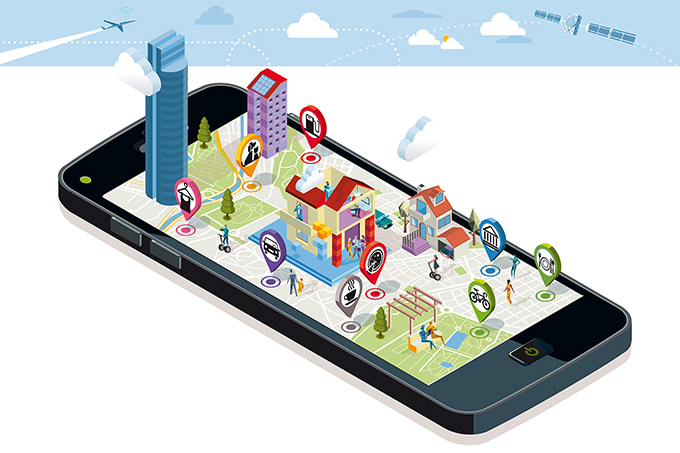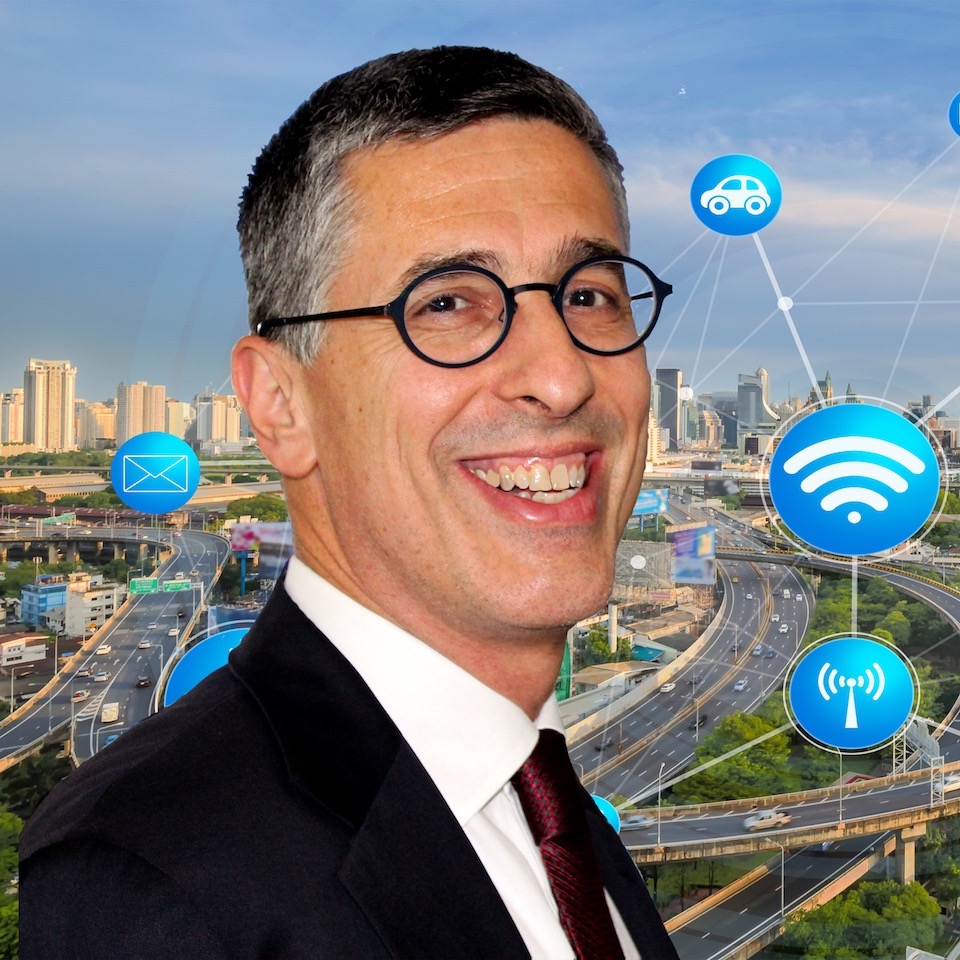At the digitalisation era more and more life activities are supported by digital systems and services, in which data and information are collected, processed, organised and re-directed through dedicated services to the end user but also to all parties involved in the planning, execution and management of these activities. All traffic and transport activities are currently served by smaller or larger systems, which progressively are becoming more and more powerful and efficient, exploiting the rapidly changing information and communication technologies. The evolution of these systems brings them closer to each other through more and more traffic and transport integrated systems.
The next challenge for the transport digital systems and services is their integration with the digital systems and services of life, such as those serving health, energy, the environment, education, etc. The user is benefiting from one stop/interface services both for his/her transport and all his/her other life activities, through seamless systems and services. The integration of the digital transport systems with all the other digital life systems entails also the integration of transport and other life physical services. For example, the future autonomous vehicles will be capable of providing on-board e-health, e-learning, e-shopping, e-weather and other services and re-direct the vehicle route accordingly.
This integration of transport and traffic systems has positive and negative repercussions on traffic safety, especially during the long transition phase. For example, overload of information and of several options might lead to increased driver, rider and pedestrian distraction; energy consumption optimisation might not be always in favour of safety; optimisation of transport and other life services might bring increased traffic speeds with negative impact on road safety. Positive effect on road safety may be brought by the automatic optimisation of travelling to reach the next life activity without unnecessary rush, but also from the real-time fitness to drive diagnosis and the real-time vehicle condition diagnosis. Consequently, there is need for research in the field of traffic safety repercussions from the integration of the digital traffic system with all other digital systems of life.
Contribution at the ERTRAC Workshop on Future Research for Road Transport Safety & Security, Brussels, May 2017

